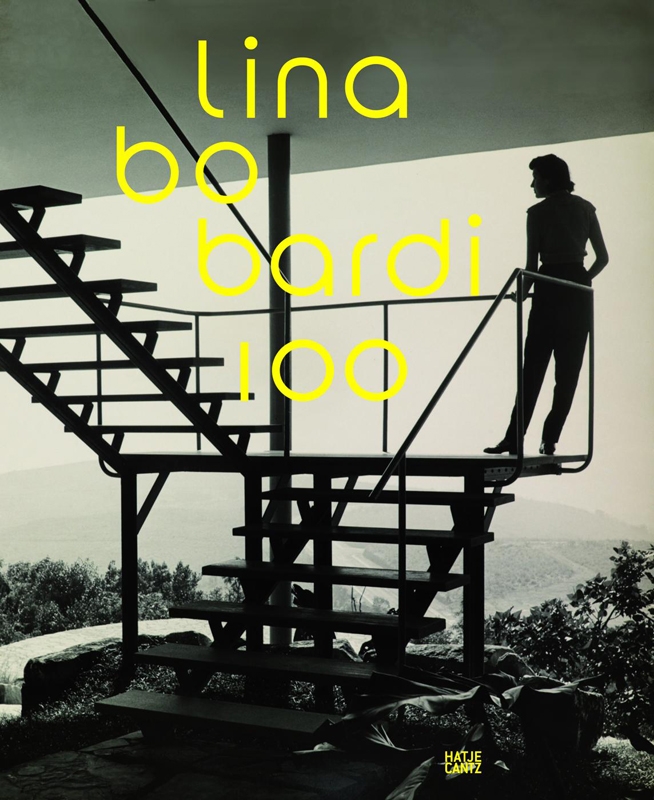In a corner of the covered patio, surrounded by lush foliage and before the steps up to the glass-wrapped house Lina Bo Bardi built herself in a suburb of São Paulo in 1951, the visitor to Casa de Vidro might notice the Italian-born architect’s Roadside Chair (1967). Its rustic design at first seems at odds with the modernist furniture inside the property (not least the iconic Bowl Chair Bo Bardi designed in 1951). Three rough-hewn tree branches are bound together into a tripod, a thicker branch attached horizontally as a seat. It’s the kind of construction that one might find a worker in the Brazilian countryside resting on, and as is made clear in this densely researched new monograph, packed with 12 thematic essays and 13 lengthy project profiles (ranging from the designs for Casa de Vidro, the Museu de Arte de São Paulo and the SESC Pompeia cultural centre to lesser-known projects such as Casa do Benin in Salvador), it is this connection with the vernacular that marked Bo Bardi out from her peers.
Vera Simone Bader, in her essay on Bo Bardi’s early career, traces the foundations of the architect’s interest in everyday, often rural design to her formative years as an architecture critic and illustrator in Italy. In 1946 Bo Bardi transposed this interest to Brazil, landing in Rio de Janeiro before settling in São Paulo a year later. She travelled extensively in the northeast of the country, an area where indigenous and African culture remains strong. She read and was deeply affected by Oswald de Andrade’s ‘Manifesto Antropófago’ (1928), in which the poet called for Brazil to swallow European culture as a means of destroying it, and Bo Bardi made a concerted effort to preserve local cultural identity in her work. Casa do Chame-Chame, built in Salvador in 1958, is perhaps the most pronounced result of this goal, with many references to the myths and rites of the Candomblé religion, not least hundreds of objects, some sacred, some more prosaic, embedded in the external walls of the building.
Bo Bardi’s desire was to create a Modernism that was in harmony with its local surroundings and culture, and which, as well as looking forward, communicated with the ancient. In 1961 the architect wrote, ‘Today Brazil is on its way to a battle of culture. In the next ten, maybe five years, the country shall have finished the sketches of its cultural structure and fixed on an ultimate course: being either a country with an autonomous culture built on roots of its own or an inauthentic country with a pseudo-culture consisting of inefficient, imported schemes.’ As excellently written about and illustrated (with archive and newly commissioned photography) throughout this hefty book, hers was a project to fight for an independent Brazil.
This article was first published in the January & February 2015 issue.
